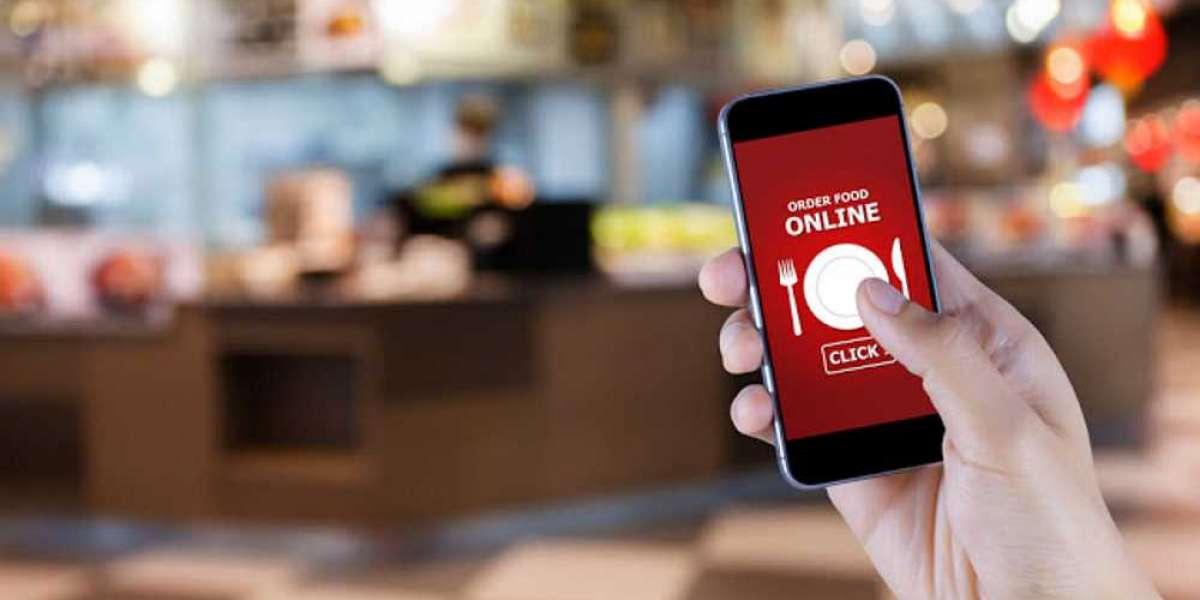Online Food Delivery Market Demand Soars Amid Lifestyle Shifts, Digital Convenience, And Urban Growth Trends

The online food delivery market has experienced a surge in demand, reshaping how consumers access meals and how restaurants operate. What was once considered a luxury has now become a daily necessity for millions across the globe. As digital platforms become more embedded in everyday life, the demand for convenient, fast, and contactless food delivery continues to climb.
This article dives deep into the core factors fueling the increasing demand for online food delivery and what this trend means for the future of the industry.
Urbanization and Fast-Paced Lifestyles Drive Convenience-Centric Dining
One of the most influential factors behind the growing demand for online food delivery is urbanization. In densely populated cities, long working hours, heavy traffic, and busy lifestyles have pushed people to seek quicker alternatives for daily meals. Cooking at home often becomes impractical, especially for professionals and students who prioritize time efficiency.
Online food delivery offers a simple solution: a few taps on a smartphone, and a hot meal arrives at the doorstep. This level of convenience appeals to a wide range of demographics, from single working adults to busy families and students.
Mobile App Penetration and Digital Transformation
The explosion of mobile apps has made ordering food easier than ever. Food delivery apps like Swiggy, Zomato, Uber Eats, Grubhub, and DoorDash offer user-friendly interfaces, real-time tracking, multiple payment options, and wide cuisine choices. These platforms have normalized the idea of ordering in, making it a regular part of modern life.
The integration of AI-powered recommendations, loyalty programs, and digital wallets has enhanced the user experience, encouraging repeat usage. As digital transformation spreads across regions and devices, the demand for app-based food delivery services is set to grow even more.
Increased Participation by Restaurants and Cloud Kitchens
The restaurant industry has quickly adapted to the online delivery model. Whether it's premium dining establishments, fast-food giants, or local eateries, food businesses are now actively participating in digital marketplaces. Many have optimized their menus for delivery, ensuring meals travel well and maintain quality.
Cloud kitchens, or ghost kitchens, have further boosted delivery capacity. These delivery-only facilities are designed to maximize speed, efficiency, and reach, enabling more brands to serve customers without physical storefronts. This increased supply side participation meets rising consumer demand and reduces wait times and delivery costs.
Younger Demographics Embrace Food Delivery Culture
Millennials and Gen Z consumers have emerged as the primary drivers of online food delivery demand. This tech-savvy, mobile-first generation values speed, variety, and seamless user experiences. They are also more likely to explore new cuisines, experiment with different brands, and rely on food delivery for both daily meals and special occasions.
The rise of social media and food influencers has also played a role in this trend. Eye-catching food photos, video reviews, and promotional codes shared online drive visibility and inspire users to try new offerings. This social validation further boosts the demand for app-based ordering.
COVID-19 and the Acceleration of Delivery Culture
The pandemic served as a major catalyst in the growth of online food delivery. Lockdowns, safety concerns, and social distancing made dining out difficult or impossible. Consumers turned to delivery platforms not just for convenience but also for safety and contactless access to meals.
Even post-pandemic, these habits have persisted. People who once hesitated to order online have grown accustomed to the ease and flexibility of delivery. Restaurants and delivery platforms have adapted by implementing better hygiene practices, packaging innovations, and contactless delivery protocols—all of which enhance customer confidence and long-term usage.
Expanding Coverage in Semi-Urban and Rural Markets
While online food delivery demand initially surged in urban areas, the trend is now expanding into semi-urban and rural regions. Improved internet access, smartphone affordability, and expanding logistics networks have opened new markets for food delivery platforms.
Platforms are partnering with local restaurants and optimizing delivery operations to suit the geographic challenges of smaller towns and Tier 2 or Tier 3 cities. This rural and semi-urban penetration is creating a second wave of demand, bringing digital dining convenience to a broader population base.
Diverse Food Choices and 24/7 Availability
Another factor fueling demand is the availability of diverse cuisine options and around-the-clock service. Unlike traditional restaurants with fixed hours and limited menus, online platforms provide access to everything from breakfast and snacks to midnight meals and gourmet cuisine.
This variety caters to a wide range of preferences and lifestyles, including night-shift workers, students, health-conscious eaters, and those with dietary restrictions. The ability to satisfy cravings anytime, anywhere plays a critical role in maintaining high demand levels.
Affordability and Promotional Strategies
Affordable pricing, discounts, and combo deals also contribute significantly to demand. Food delivery platforms frequently run promotions, loyalty programs, and referral incentives, making ordering in more appealing than cooking or dining out. Subscription models like delivery passes reduce charges for frequent users and foster customer loyalty.
These cost-effective strategies, combined with ease of access and frequent marketing campaigns, ensure that consumers keep turning to delivery platforms as their primary meal solution.
Conclusion: Demand Continues to Redefine Foodservice
The growing demand in the online food delivery market is not a temporary spike—it is a long-term shift in consumer behavior. Convenience, accessibility, digital innovation, and lifestyle evolution are pushing the industry forward at a rapid pace.
As demand continues to grow, businesses must focus on improving efficiency, enhancing user experience, and delivering consistent quality. The future belongs to those who can adapt quickly, respond to customer expectations, and offer value-driven solutions in a highly competitive landscape.
- Art
- Causes
- Crafts
- Dance
- Drinks
- Film
- Fitness
- Food
- Games
- Gardening
- Health
- Home
- Literature
- Music
- Networking
- Other
- Party
- Religion
- Shopping
- Sports
- Theater
- Wellness


